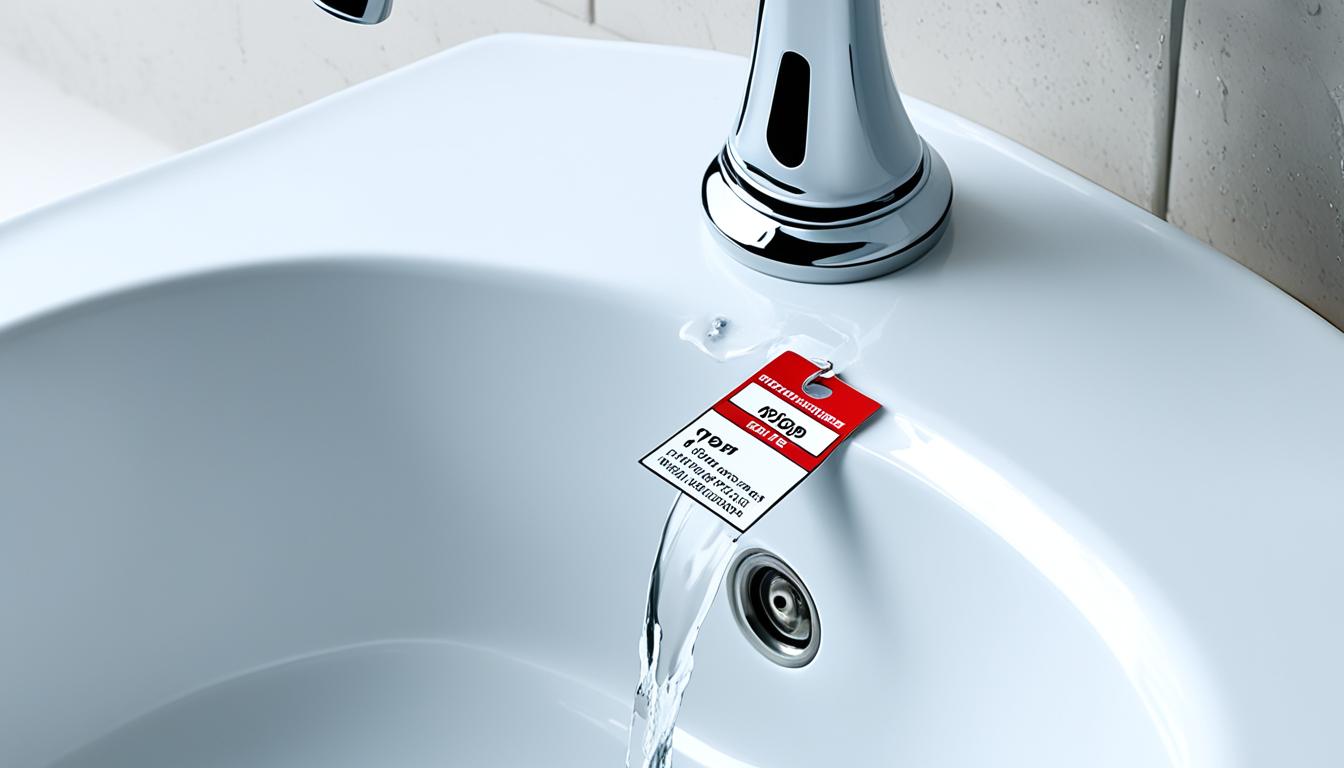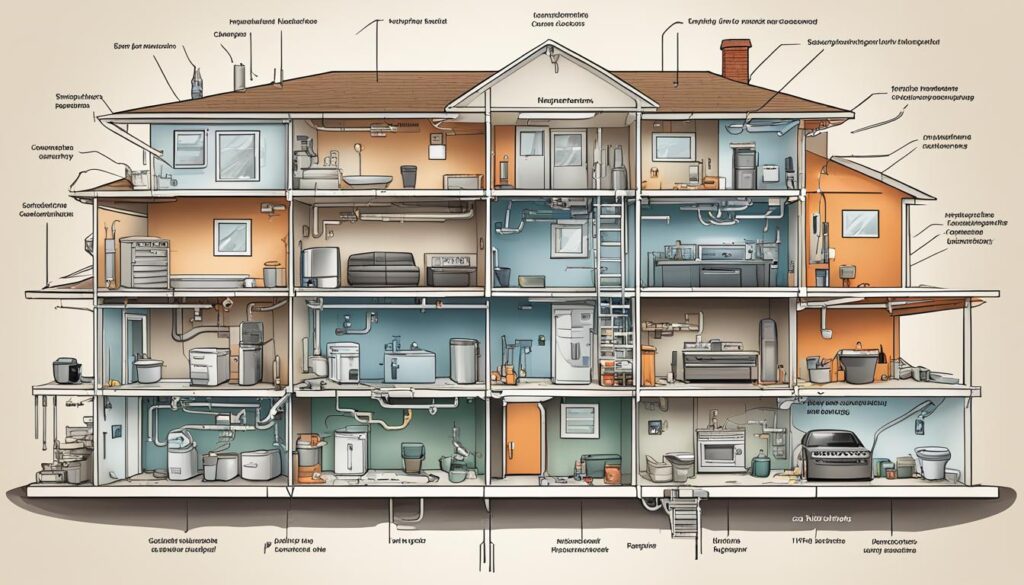
Ontario Landlord Repair Charges Guide
Welcome to our comprehensive guide on Ontario landlord repair charges. As a landlord, understanding and accurately calculating repair costs for rental properties is crucial for maintaining a fair and profitable business. In this guide, we will provide you with the necessary information to navigate repair charges effectively and ensure a smooth landlord-tenant relationship.
Calculating repair costs for landlords can be a complex task, as it involves considering various factors such as the type of repair needed, property size, location, and local regulations. To help you navigate this process, we will discuss the average repair costs for rental properties in Ontario and provide guidelines and regulations to guide you in determining fair charges.
Our goal is to equip you with the knowledge and tools needed to make informed decisions when it comes to repair charges for your rental properties. By the end of this guide, you will have a solid understanding of how to calculate repair costs accurately and ensure a fair and sustainable business model.
Key Takeaways:
- Understanding repair charges is crucial for landlords in Ontario.
- Factors such as type of repair, property size, and local regulations influence repair costs.
- Guidelines and regulations help ensure fair charges for repairs.
- Accurately calculating repair costs promotes a healthy landlord-tenant relationship.
- Stay informed to make informed decisions and maintain a profitable business.
How much should a landlord charge for repairs in Ontario?
When it comes to determining repair costs for landlords in Ontario, several factors come into play. From the type of repair to the property size and location, landlords must navigate various guidelines and regulations to ensure fair and accurate charges.
One of the key considerations is understanding the average repair costs and maintenance expenses that landlords may encounter. By familiarizing themselves with these costs, landlords can better estimate the amount they should charge for repairs.
Below is a breakdown of typical maintenance expenses landlords may face:
- Plumbing repairs, such as fixing leaks or replacing pipes
- Electrical repairs, including repairing faulty wiring or replacing switches
- Appliance repairs, such as fixing a malfunctioning stove or refrigerator
- Structural repairs, including roof repairs or foundation issues
- Painting and cosmetic repairs, such as repainting walls or fixing damages caused by tenants
It’s important to note that repair costs can vary depending on the specific needs of the property. For instance, an older building may require more frequent repairs and maintenance compared to a newer property.
When determining repair charges, landlords must also adhere to the Ontario repair cost guidelines and regulations. The government provides guidelines on fair wear and tear, which helps landlords differentiate between tenant responsibilities and reasonable maintenance costs.
Here is an excerpt from the Ontario repair cost regulations:
“Landlords can charge tenants for repairs that go beyond normal wear and tear. It is essential to keep accurate records and provide tenants with a detailed breakdown of the repair costs. Additionally, landlords are required to follow the Residential Tenancies Act and any local regulations regarding repair cost guidelines.”
By understanding these guidelines and regulations, landlords can ensure transparency and avoid any potential disputes regarding repair costs. It also helps create a balanced approach where tenants are not unfairly burdened with charges for repairs that are the landlord’s responsibility.
Ultimately, the amount a landlord should charge for repairs in Ontario depends on various factors. By considering the type of repair, property size, location, average maintenance expenses, and relevant regulations, landlords can establish fair and reasonable repair costs.

| Type of Repair | Average Cost |
|---|---|
| Plumbing Repairs | $150 – $500 |
| Electrical Repairs | $200 – $800 |
| Appliance Repairs | $100 – $400 |
| Structural Repairs | $500 – $3000 |
| Painting and Cosmetic Repairs | $200 – $1000 |
Conclusion
In conclusion, accurately calculating and charging for repairs is crucial for landlords in Ontario. By doing so, landlords can ensure fairness for both tenants and themselves.
Throughout this guide, we have discussed the key factors that influence repair costs, including the type of repair, property size, location, and local regulations. By understanding these factors, landlords can make informed decisions when assessing repair fees.
It is important for landlords to remember that repair costs can vary widely depending on the specific circumstances. However, staying aware of average repair costs for landlords in Ontario can provide a helpful benchmark for estimating expenses.
Additionally, we recommend that landlords establish clear guidelines and protocols for handling repair costs in their rental properties. This can include documenting repairs, obtaining multiple quotes, and using reputable contractors. By following these best practices, landlords can maintain transparency and efficiency in the repair process.




